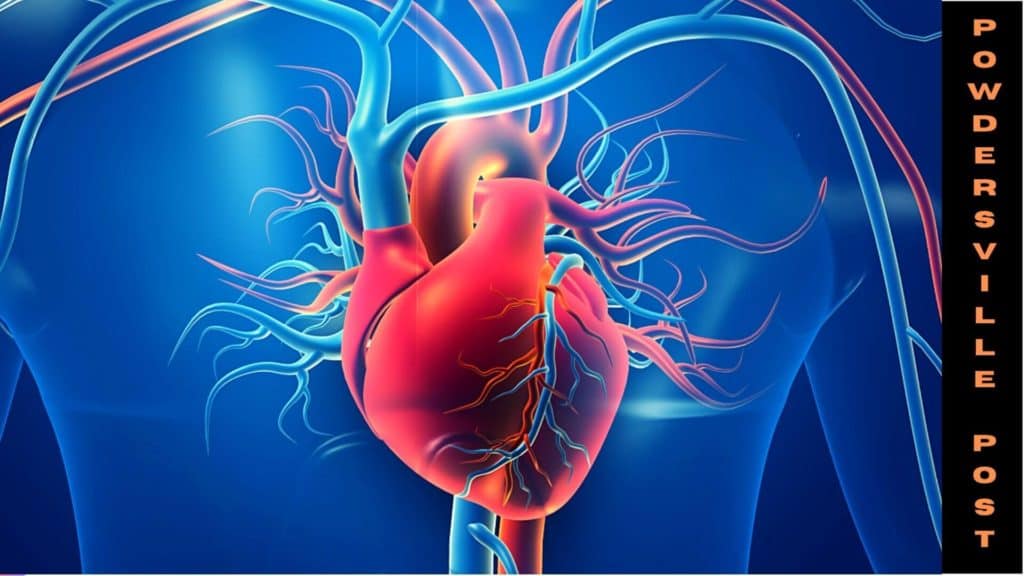Discovery Of New Heart Cells – Nexus Glial Cells
Nikki Attkisson | Last Updated : January 6, 2022The cardiomyocyte, which is the heart cell possessed in the individual heart, contains functional units sarcomeres that help in the beating of the heart. The heart cells contract together during each beat in order to pump blood through the heart to different parts of the body. The cells then again expand to fill the heart with blood. Thus the cells work together in a rhythmic manner by contracting and expanding, which is termed as the heartbeat.
Discovery Of New Heart Cells – Nexus Glial Cells
Researchers at the University of Notre Dame are working on a new type of heart cell which could be able to regulate the heartbeat, its rhythm and also provide vital information about heart abnormalities and diseases.

According to researchers Elizabeth and Michael Gallagher, Associate Professor in the Department of Biological Sciences. At Cody, Smith’s lab has found that the new cells under study, which is called nexus Glial Are similar to cells of the nervous system called astrocytes in the brain. The Glia cells in the nervous system are sub-categorized as microglia and astroglia.
CNS consists of the brain, cerebellum, and spinal cord. Which controls the activity of the body, PNS helps to transmit information between CNS and other parts of the body with the nerves present in it. ANS regulates involuntary processes in the body required for existence like heartbeat and digestion.
The nerve cells or neurons of the nervous system function to control body actions and transmit signals between the different body parts and Glia, which supports the neurons mechanically.
The study at Cody Smith laboratory revealed that removal of newly identified glial cells resulted in an increase in heart rate. Further, the heartbeat was found to be irregular when the cells were deprived of further development. The findings of the above research work have been published in PLOS, Biology by Cody Smith Ph.D.
The search for astroglial cells landed them with the finding of Glial cells first in the heart of zebrafish and later in mouse and human hearts also.
Dr. Smith with his team studied the origin of astroglial cells in zebrafish, which is generated by Neural crest cells during embryonic development in the hindbrain.
During the research, it has been found that in zebrafish, the glial cells migrate to the heart from the embryo within 24 hours of fertilization. The glial cells are then found in the outflow tract (OT) of the heart within 4 days. The outflow tract in the form of structure provides a pathway to connect ventricles with arteries that leave from the heart. Research later validated the presence of astroglial cells in cardiac tissues of both mice and humans.
To study and confirm the role of nexus glia in regulating involuntary body functions, Dr. Smith and his team gradually removed the cells in the species. The removal of cells in the species resulted in an increase of heartbeat or heart rate rhythm called Ventricular tachycardia.
Now scientists are researching whether the absence of cardiac nexus glia cells in the outflow tract (OT) region causes the imbalance of ionic activity, which often causes ventricular tachycardia. During their research work, scientists also removed nexus glia cells from the atrium, which is the upper chamber of the heart, to validate that its absence in the atrium affects the heartbeat or its rhythm.
It has been found that most heart issues observed during birth have shown a correlation with abnormality in the outflow tract (OT). The fact that the real cause of abnormality in the heart is only due to the absence or abnormality of nexus glia cells is yet to be affirmed by Scientists.
With over 15 years as a practicing journalist, Nikki Attkisson found herself at Powdersville Post now after working at several other publications. She is an award-winning journalist with an entrepreneurial spirit and worked as a journalist covering technology, innovation, environmental issues, politics, health etc. Nikki Attkisson has also worked on product development, content strategy, and editorial management for numerous media companies. She began her career at local news stations and worked as a reporter in national newspapers.
